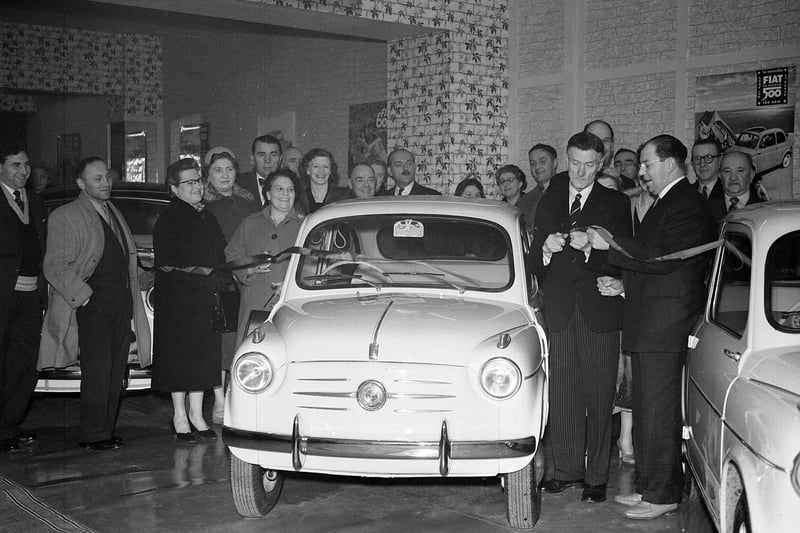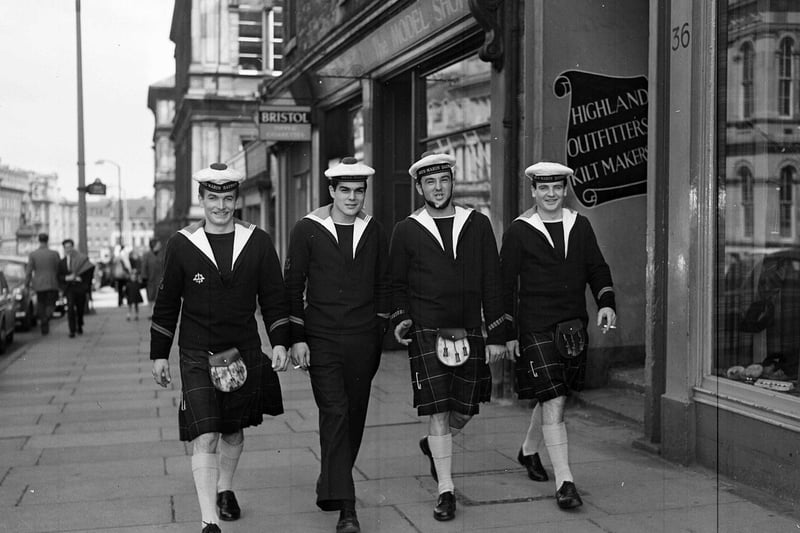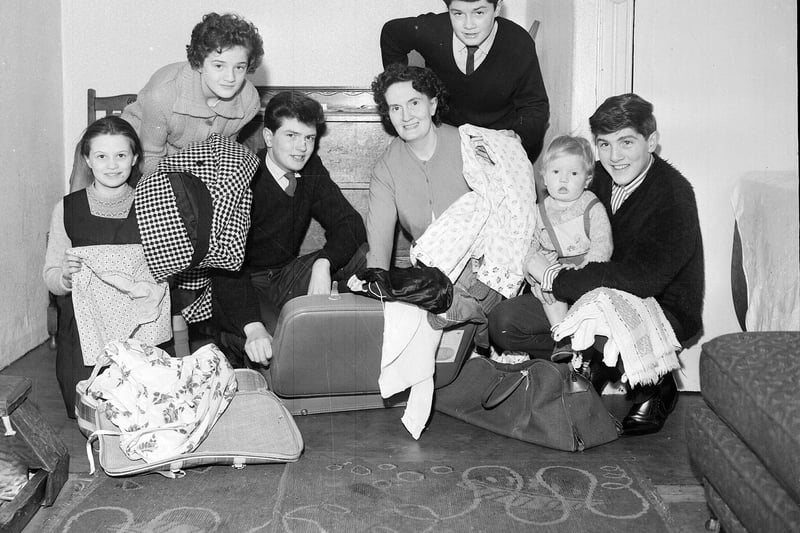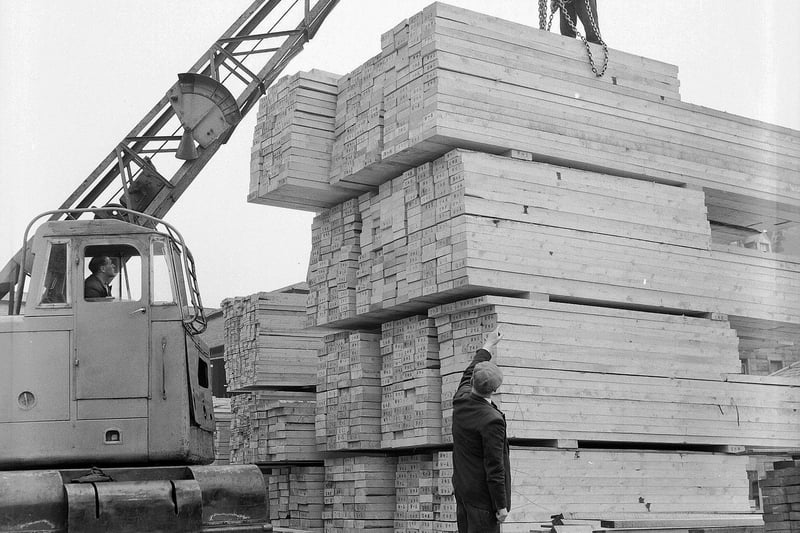Leith Walk dates as far back as the mid-15th century when historians believe there was a rough pathway following the route of the modern road.
Then, in 1650, a defensive rampart which was constructed between Calton Hill and Leith, successfully repelled Oliver Cromwell's army before the Parliamentarian’s New Model Army secured victory in the Battle of Dunbar in the invasion of Scotland of the same year.
The rampart developed into the a footpath described by writer Daniel Defoe in 1725 as “a very handsome gravel walk, 20 feet broad, continued to the Town of Leith, which is kept in good repair at the public charge, and no horse suffered to come upon it”.
The fact that no vehicles were allowed on the route led to it becoming known as ‘The Walk’, and it was limited to pedestrians until the latter part of the 18th century.
When wheeled traffic eventually arrived, it quickly became a busy route – by 1779 a total of 156 coaches travelled up and down Leith Walk each day, charging around 3d per passenger, and taking them from Edinburgh to Leith, which didn’t officially become part of the Capital until 1920.
By the 1960s it was a thriving part of town, bustling with residents and businesses.
Here are 21 pictures to take you back to those days.
Read more
A message from the Editor:
Thank you for reading this article. We're more reliant on your support than ever as the shift in consumer habits brought about by Coronavirus impacts our advertisers.
If you haven't already, please consider supporting our trusted, fact-checked journalism by taking out a digital subscription.
The rampart developed into the a footpath described by writer Daniel Defoe in 1725 as “a very handsome gravel walk, 20 feet broad, continued to the Town of Leith, which is kept in good repair at the public charge, and no horse suffered to come upon it”.

5. I like driving in my car
In 1959, a new car showroom opened on Leith Walk. Spey Motors offered the latest Fiat models. Photo: Unknown

6. Foreign visitors
The proximity of the busy port of Leith meant that Leith Walk was a fairly cosmopolitan place in the 1960s. A group of French sailors from a submarine that had docked in Leith are pictures walking along the street in kilts in May 1963. Photo: Unknown

7. A new life
In the 1950s and 1960s many Edinburgh residents chose to emigrate to the New World in search of opportunity and new lives. Mrs G Jamieson and family are shown packing their bags at 259 Leith Walk for their one-way journey to New Zealand in March 1963. Photo: Unknown

8. A hive of industry
One of the many businesses to operate from Leith Walk in the 1960s was F Mitchell Law Millais and Timber Merchants. Timber from Sweden is pictured being stacked by mobile crane at their headquarters at 234 Leith Walk in May 1960. Photo: Unknown

